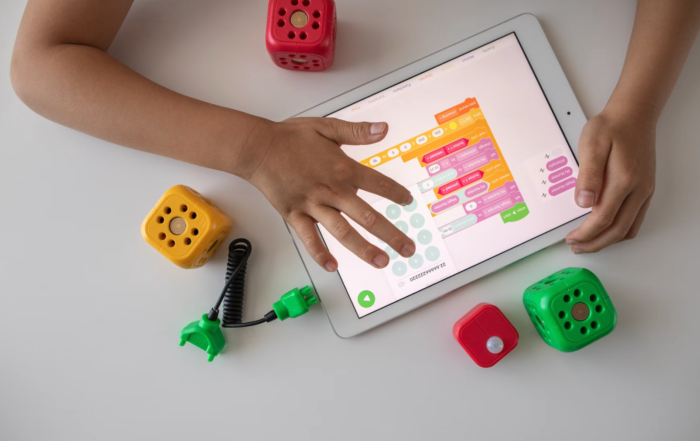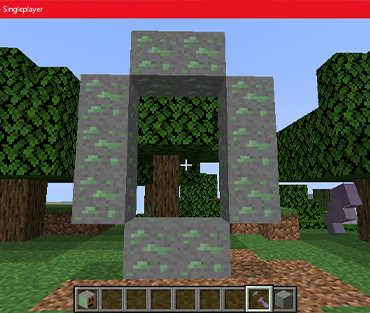When it comes to the world of robotics, many kids may be unfamiliar with platforms like Microbit at first. But, once they hear about it and see it in action, they’ll soon realize that it is one of the building blocks of robotics and implemented in many useful projects.
What is Microbit?
The cool thing about Microbit is that it is a robotics program the BBC sponsored specifically designed to be used in projects by kids. It’s a wonderful way to introduce kids to robotics because of all the bells and whistles it contains.
It has many onboard inputs like buttons, thermometers and radio transceivers, as well as a 5X5 LED array. With the help of an easy-to-use block-based online coding interface, it gives kids a rewarding introduction to the world of robotics.
Microbit at MakerKids
At MakerKids, we know that children have probably not had exposure to Microbit before attending one of our robotics programs. That’s why we offer a variety of levels, starting with beginner. This gives them their first taste of giving instruction to microcontrollers. One at a time, the fundamental of robotic logic, things like detecting button presses, loops, and events are introduced. The 5X5 array is also used as the primary outlet to support easy-to-draw faces, animals and other shapes. In the beginning, kids learn to wire up buzzers and use the Microbit’s extensive sound and music library.
Once kids get comfortable, they can move on to the Microbit intermediate level. This includes more fundamental robotic programming structures. Students learn more about variables, conditional statements, and more complicated loops. Each of the many different inputs the Microbit comes with is also introduced, including the direct detection of electricity at pins. Radio communication is also looked at, which allows Microbits to transfer data to one another. The end result is cool wireless projects!
After kids master the intermediate level, they can move on to Microbit advanced or Microbit Rover. Microbit Advanced focuses on using more complex code and looking at LEDs, loops, and custom functions. Microbit Rover consists of a physical plastic car containing two motors and a 5 RGB LED strip. The car can be programmed to drive around and flash different patterns of lights. It can even be controllable via a separate Microbit, utilizing radio transmissions.
There are also expert Microbit projects that take the rover to the next level as well as make use of the “game” library that allows for more compact and readable programs.
Microbit can open up a whole new world for kids as they explore the world of robotics. With imagination and some hard work, the next generation of entrepreneurs can be found right at MakerKids!
Also Read
How Coding Classes Can Lead to a Career in Coding
Often, children are asked the question, what do you
Digital Creativity Unleashed: Coding as a Creative Outlet for Kids
When children learn to code, they’re not only learning
Unlocking Creativity: How Minecraft Can Foster Imagination and Innovation in the Classroom
Many people think of Minecraft as just a game









